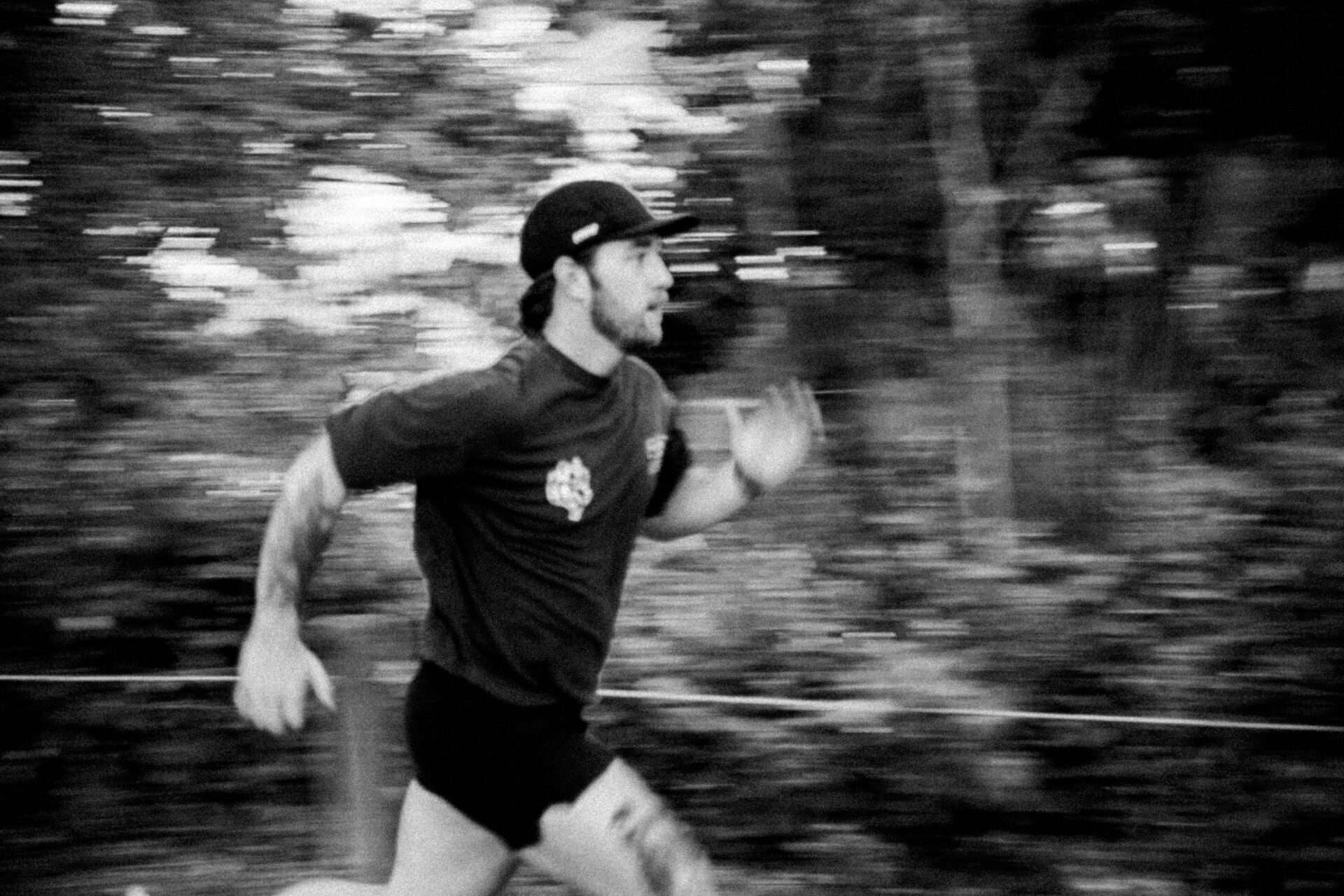Returning to Running After Injury: A Safe Comeback Guide
Coming back from a running injury requires a smart approach that balances progress with caution. This guide outlines key strategies for rebuilding your running routine while minimizing re-injury risk.
Key Takeaways
- Medical clearance and gradual progression are essential
- Strength training and cross-training support recovery
- Proper nutrition and rest accelerate healing
- Mental resilience is as important as physical recovery
- Tracking progress helps maintain motivation
Phased Recovery Approach
Initial Phase (Weeks 1-2)
- Begin with walking only
- Incorporate physical therapy exercises
- Focus on mobility and flexibility
Rebuilding Phase (Weeks 3-6)
- Start walk-run intervals (1:2 ratio)
- Introduce strength training 2x/week
- Monitor pain levels carefully
Essential Recovery Components
| Component | Recommendation |
|---|---|
| Strength Training | Focus on glutes, core, and injury area |
| Cross-Training | Swimming, cycling 1-2x/week |
| Nutrition | Increase protein and anti-inflammatory foods |
Warning Signs to Watch For
- Pain that persists >2 hours post-run
- Swelling or inflammation
- Decreased range of motion
Comeback Timeline Example
- Week 1-2: Walking only, 20-30 minutes daily
- Week 3-4: Walk 4 min/run 1 min intervals
- Week 5-6: Walk 3 min/run 2 min intervals
- Week 7+: Gradually increase running segments
Helpful Tools
- Foam roller for myofascial release
- Running app to track progress
- Compression gear for circulation
Frequently Asked Questions
- How do I know if I’m ready to run? Get medical clearance and ensure pain-free movement in daily activities.
- What pace should I start with? Begin at 50-60% of your pre-injury pace.
Number of Views: 6



